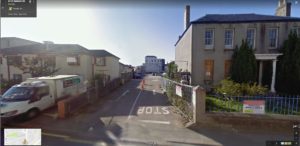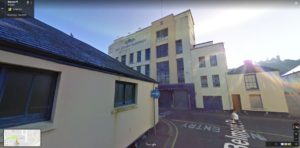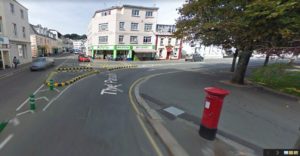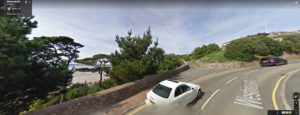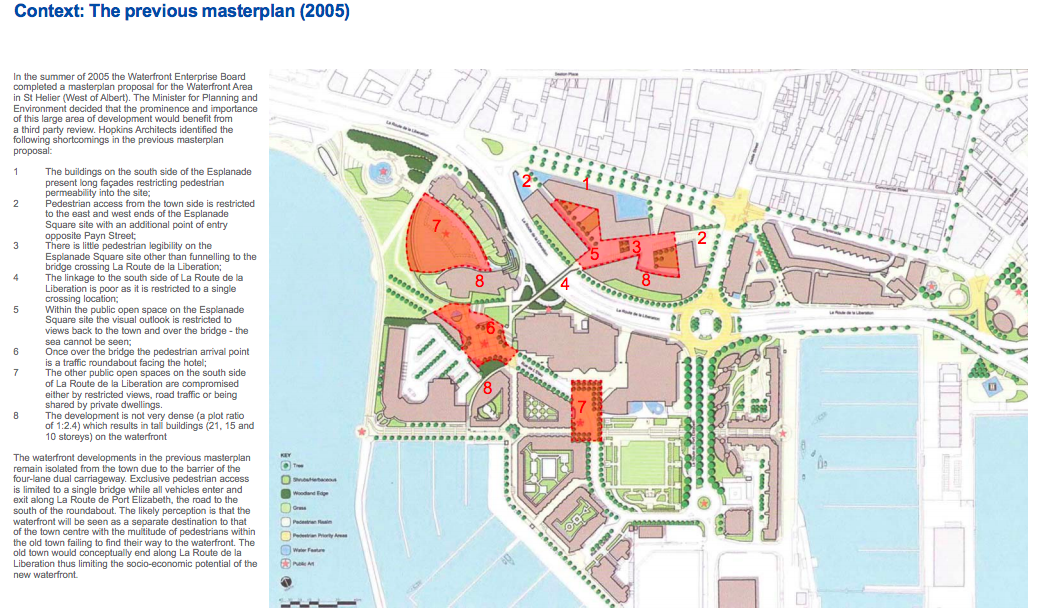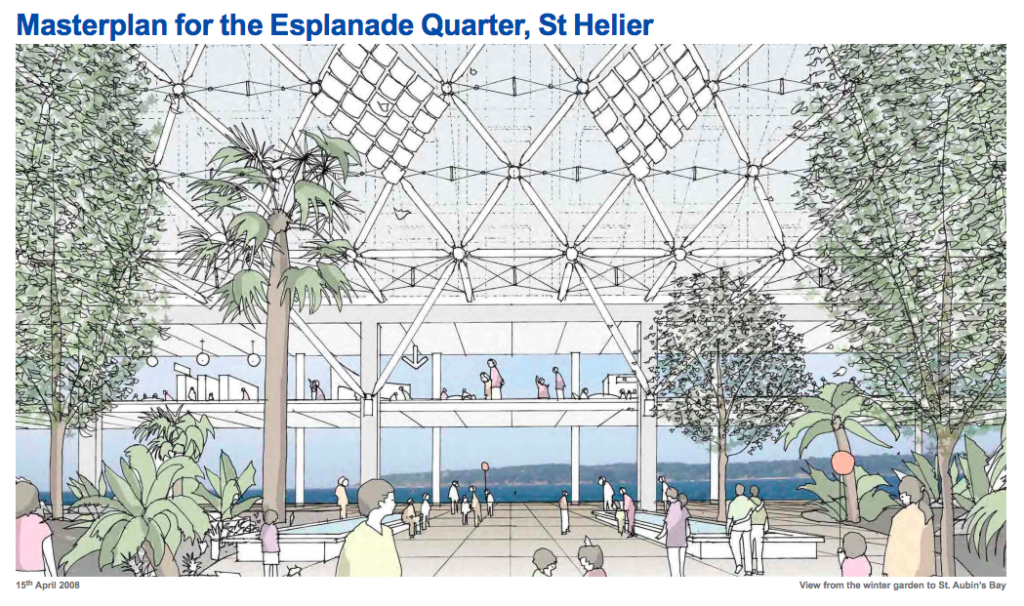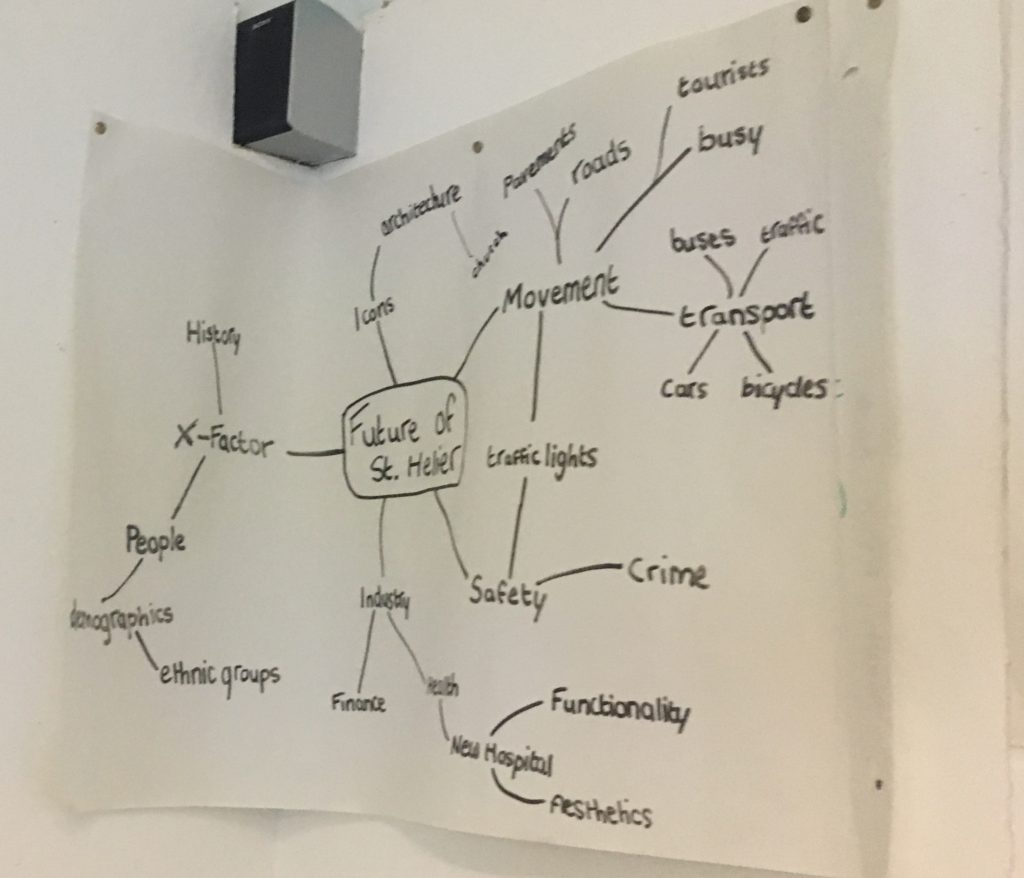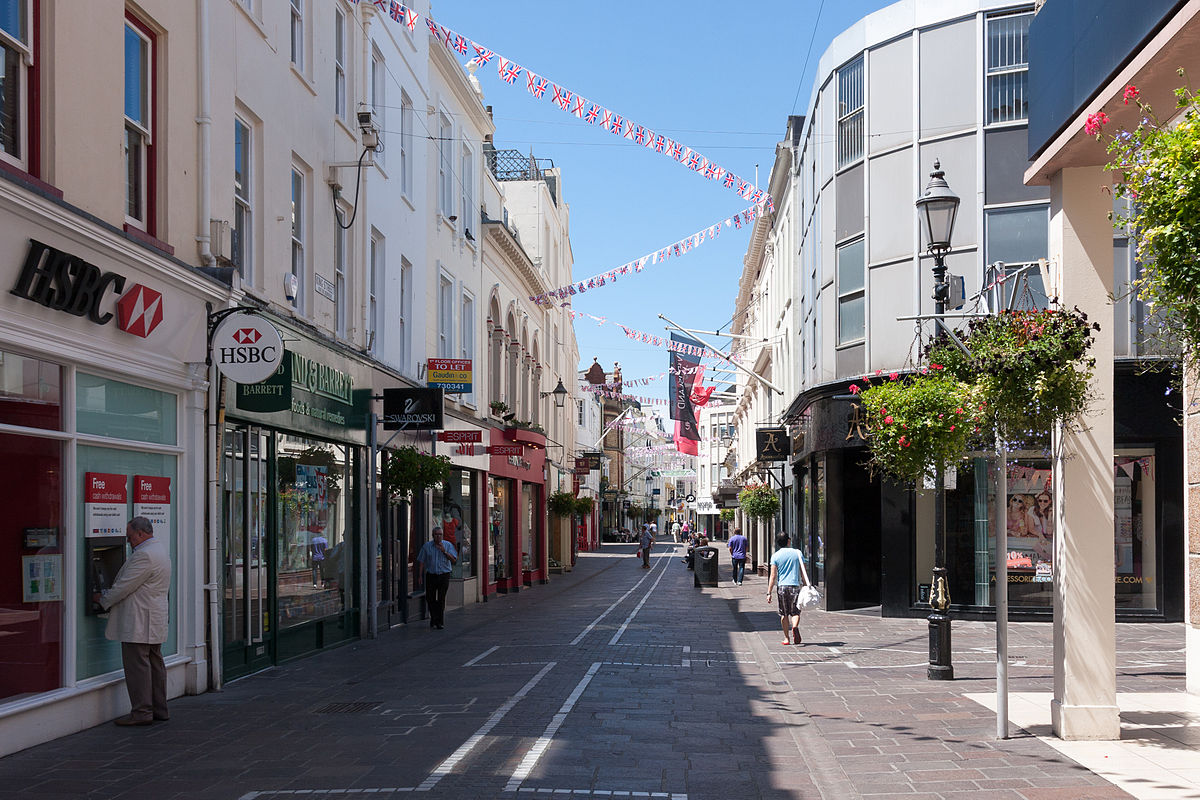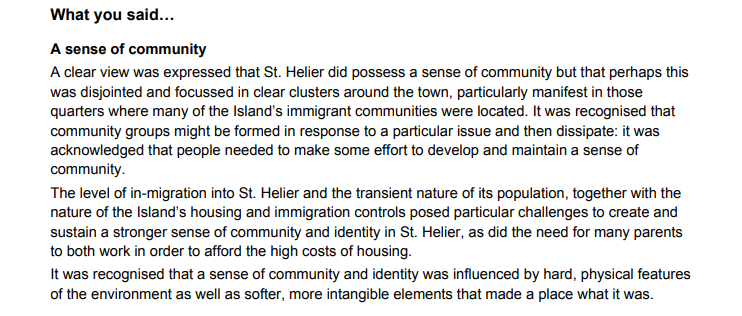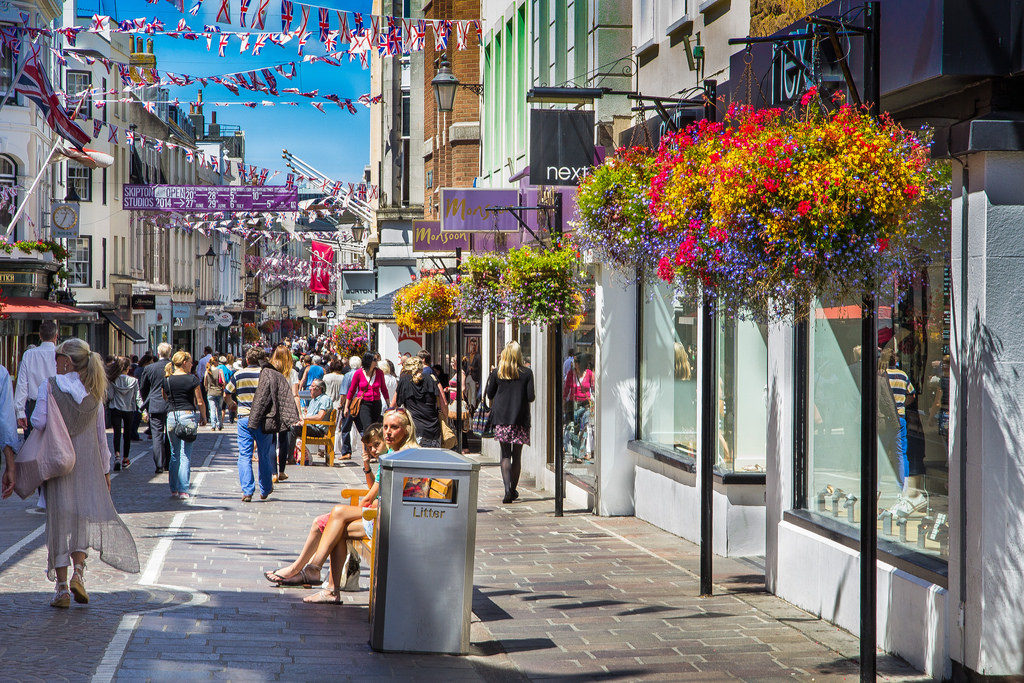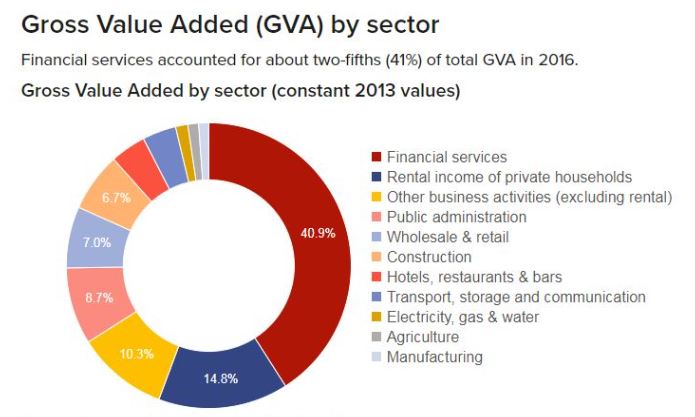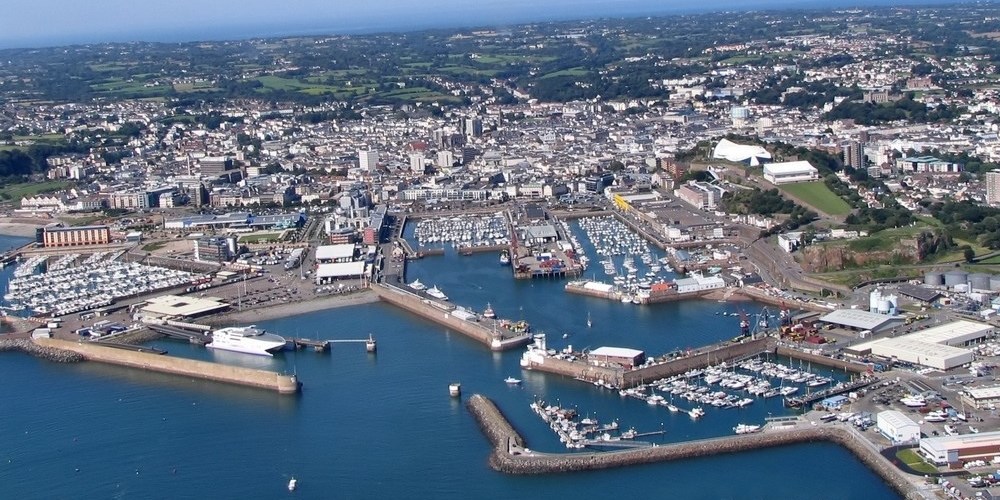
Percival Dunham was Jersey’s first photojournalist, for a short two years in 1913 and 1914. During these two years of photojournalism Dunham worked for two local newspapers, Illustrated Weekly and then the Morning News. These newspapers were the Island’s main competitors for the now Jersey Evening Post, which is now the islands only daily newspaper and has been since 1959 following the closure of the French language newspaper Les Chroniques de Jersey. In time closely leading up to World War 1, the Jersey Evening Post hadn’t looked into alternative and new ways of including photographs in their newspapers, however the Illustrated Weekly and Morning News had and were therefore the pioneers of photojournalism on the island.
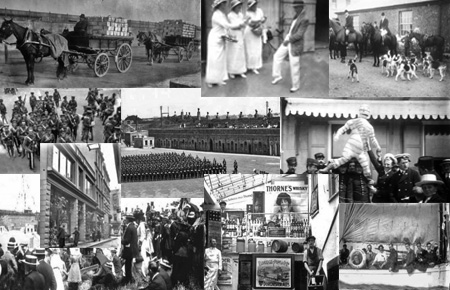
over 1,000 of his images are in the collection of La Societe Jersaise, a selection of these photographs can be viewed on the archive website, here is a link to this page… http://photographic-archive.societe-jersiaise.org/brief.aspx
Here is one of Dunham’s photographs that particularly stood out to me, so I have decided to analyse…
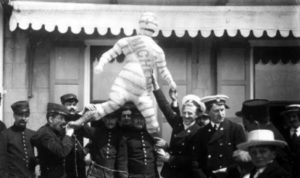
Technical – This photograph has quite a balanced depth of field as there isn’t much depth within the subjects of the photograph, meaning that all elements of the photograph are in focus, I am also presuming that from the outdoor setting that the photograph was taken using natural light.
Contextual – The photo is titled ‘publicity stunt for Michelin’ which is a well-known French organisation. As this photo would’ve been taken during Dunham’s two years of photojournalism for local newspapers, it would’ve been taken in either 1913 or 1914 in the years leading up to the Second World War in Jersey.
Visual – The photo has a slightly high contrast which allows for the individuals’ uniforms to stand out from the background. The subjects in the photo seem to know that they are having their photo taken which in this instance is quite effective as they are making eye contact with the camera. Evidently the photo is black and white, which visually implies that the photo was taken quite a while ago. The main visual focus of the photo is the Michelin man figure, without this I personally believe that the photo would be a lot less visually interesting.



/arc-anglerfish-arc2-prod-jerseyeveningpost-mna.s3.amazonaws.com/public/F4MJX5P3TVHSBMYL7ZBG3INPHY.jpg)
 There is a current MasterPlan for the Northside of the town to be re-developed to make the area more appealing and up to date with the current economy, this can be seen in the link below:
There is a current MasterPlan for the Northside of the town to be re-developed to make the area more appealing and up to date with the current economy, this can be seen in the link below: 
